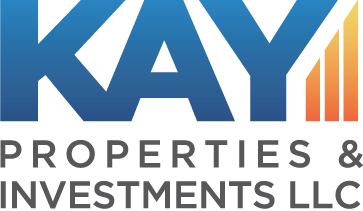By Orrin Barrow, Senior Vice President, Kay Properties and Investments
Many investors that come to Kay Properties are looking for a full tax deferment utilizing a like kind exchange. A full tax deferment under IRC Section 1031 consists of buying a replacement property for equal or greater value than that of your relinquished value of the property. For example, if an investor sells their property for a net sales price of $1,000,000 in order to have full tax deferment under Section 1031, the investor has to buy at least $1,000,000 worth of total real estate as replacement property. However, many investors are unaware that they are not fully obligated to use 100% of their proceeds in order to still do a 1031 exchange. For example, if an investor sold for $1,000,000.00 they can actually take $200,000.00 out of their exchange to increase their liquidity and only pay capital gains and depreciation recapture taxes on that portion of their exchange, the $200,000.00 that they peeled off. The $200,000.00 is then deducted from what the investor has to replace, leaving the investor with needing to purchase only $800,000 of replacement property to defer the bulk of their taxes due.
The liquid cash that the investor has available is now taxable but can be used for a variety of different reasons. Many investors have a large part of their net worth captured inside of their real estate holdings. They understand the value of a 1031 exchange but still want the option of having cash set aside for a rainy day. During the COVID-19 pandemic, we saw certain investors decided to complete a partial exchange rather than a full exchange so that they could have some additional liquid funds to possibly weather a more severe economic downturn.
It is prudent for investors to understand 1031 exchange rules to complete a partial exchange. When engaging in a 1031 exchange an investor has 45 days from the date of the recorded closing to identify properties and 180 days from the date of a recorded closing to close on their replacement property. Once an investors 1031 proceeds are transferred to their accommodator/qualified intermediary account they have the 45 day identification timeline to remove the proceeds that they want to liquidate from the accommodator account. If the funds remain in the accommodator account past the 45th day, the investors proceeds will remain with the accommodator until the 180th day. Investors need to be aware of when to remove their funds from their accommodator account in order to complete a partial 1031 exchange and how much their estimated tax obligation will be before considering completing a partial exchange. Remember, if your tax obligation from a partial exchange outweighs the proceeds you are left with, it may be prudent to do a full exchange. It is always advised for investors to speak with their CPA and attorney for all tax and legal advice prior to deciding to complete any 1031 or partial 1031 exchange.

